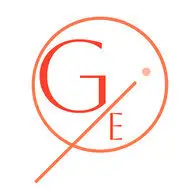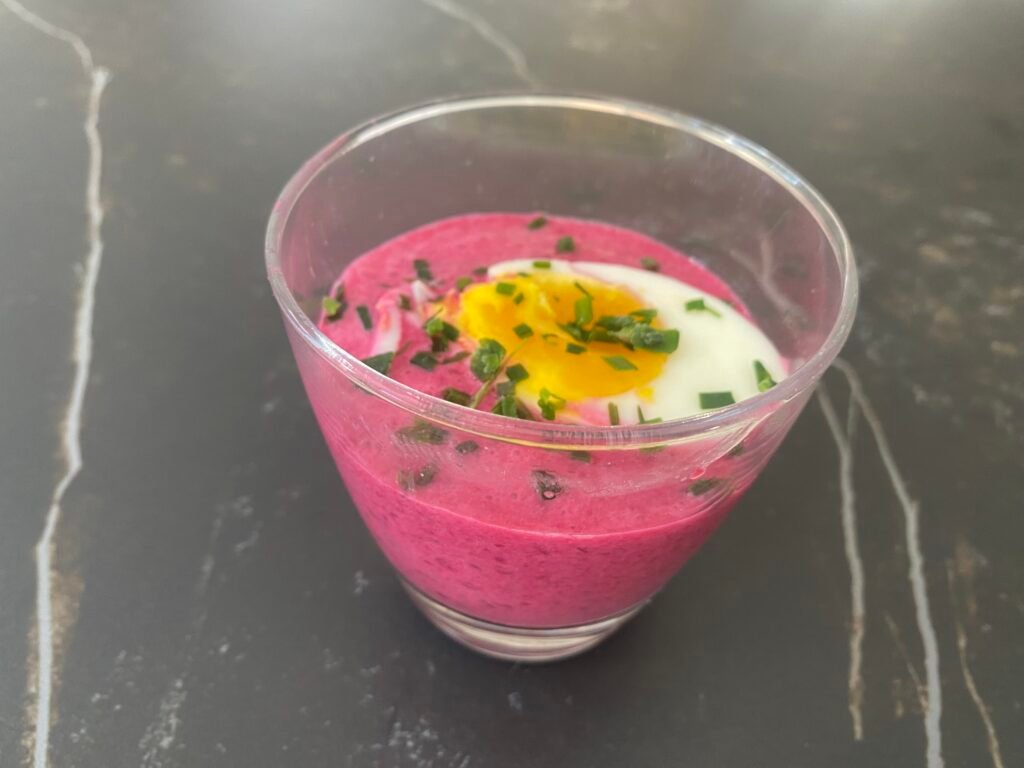Lithuania, the southernmost of the Baltic countries, has an ancient history marked by periods of greatness and foreign domination. Its golden age dates back to the 14th century, when Lithuania formed the largest empire in Europe under the Grand Duchy of Lithuania. Over the centuries, Lithuania was under Polish and Russian influence before regaining its independence in 1990, after the fall of the Soviet Union. Lithuanian culture is rich in folk traditions, music and dances, while being proud of its unique language, Lithuanian, one of the oldest Indo-European languages still spoken today.
Lithuania is a destination where history, nature and living traditions meet.
Traditional Gastronomy and Gluten Free Options
Lithuanian cuisine is nourishing and rustic, influenced by the seasons and local produce. She often highlights meat, potatoes and vegetables, with simple but tasty dishes. Although some dishes include wheat, many recipes can be adapted to suit gluten-free diets.
Here are some naturally gluten-free Lithuanian dishes:
- Šaltibarščiai : A cold beetroot and kefir soup, served with boiled potatoes.
- Cepelinai (gluten-free version) : Potato balls stuffed with meat or cheese, often served with bacon and cream, can be adapted with gluten-free flour.
- Kugelis : A baked potato gratin with pork, onions and eggs.
- Raguolis (gluten-free version) : A tree-shaped cake, traditional for Lithuanian holidays, which can be adapted with gluten-free flours.
These dishes demonstrate the richness and simplicity of Lithuanian cuisine, with options suitable for gluten-free diets.
The Must-See Things to Visit in Lithuania
Lithuania offers a variety of picturesque landscapes and historical sites. Here are some unmissable destinations to discover:
- Vilnius : The capital, with its UNESCO-listed historic center, cobbled streets, baroque churches and monuments such as Vilnius Cathedral and the Gate of Dawn .
- Hill of Crosses : An impressive pilgrimage site where thousands of crosses have been erected by Lithuanians over the centuries.
- Trakai : A medieval town surrounded by lakes, famous for its Trakai Castle located on an island, a gem of Gothic architecture.
- Curonian Spit National Park : A unique natural site with spectacular sand dunes, listed as a UNESCO World Heritage Site.
These places reflect the cultural and natural diversity of Lithuania, a land of contrasts where history and nature blend harmoniously.


